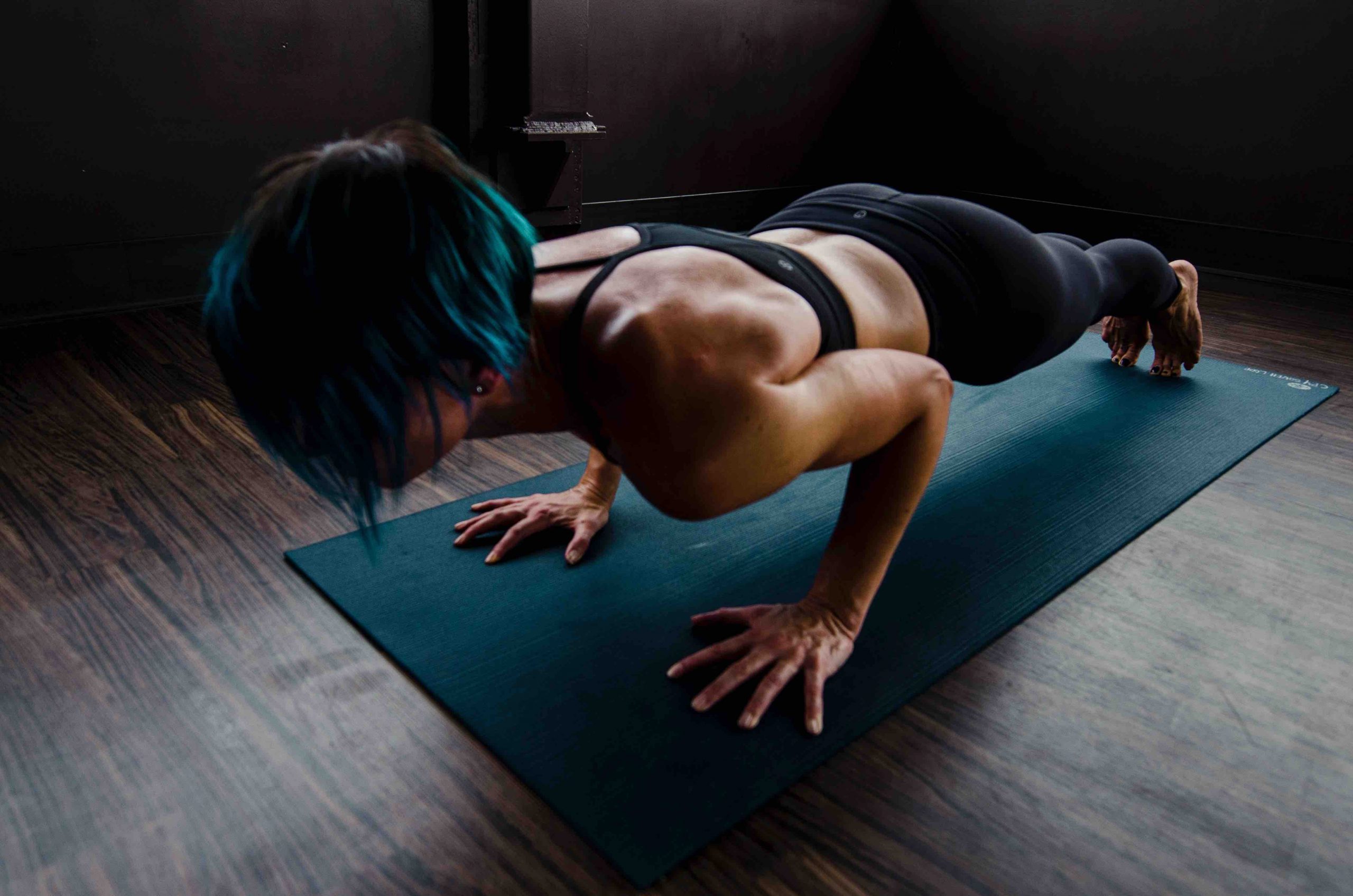Imagine the following situation. You are in the gym every day training with heavy weights. At home, a contractor is renovating your house. You are at home and on that day a crane operator will bring your new window frames and sliding doors. Some help is needed during work. You see how the crane operator easily lifts the frame with one hand. That should be easy to do. So you step in, help. But the moment you want to do that same movement, you only experience how incredibly difficult it is. How is it possible, do you have to train hard in the gym every day! You suddenly gain deep respect for that crane operator.
Why is that? Primarily because many men in the gym train very one-sidedly. Mainly focused on their beach body. There is of course nothing wrong with a beach body, on the contrary! But it is not a functional force.
That is why I pay a lot of attention to functional training in my fitness programs. Functional training is a type of physical training that focuses on the functional movements performed in your daily activities with the aim of being able to perform these movements with more efficiency, strength and control. So you improve your functional capacity, making it easier for you to perform tasks with less risk of injury. And that applies to every age and to every physical shape or condition, wherever you are now.
This type of training usually involves exercises that mimic everyday movements, such as squats, lunges, and pushes and pulls. These exercises are often performed using resistance bands, dumbbells, kettlebells, and body weight, and are designed to target multiple muscle groups at once. The focus of functional training is on improving movement patterns, increasing stability and improving overall performance in activities of daily living, rather than just isolating individual muscle groups.
And how does it help you? Well… if that crane operator also visits you, you will be able to step in with a little more certainty. And of course you can always continue to have that respect for his daily work.
Fitness is not about being better than someone else… IT IS ABOUT BEING BETTER THAN YOU USED TO BE.
— Gordon Slanquit, Personal Trainer Association
Examples of effective functional training
- Squats: Squats are a powerful exercise that strengthen the lower limbs, pelvis and back.
- Lunges: Lunges help strengthen the legs and improve balance properties.
- Deadlifts: Deadlifts are a powerful exercise that strengthens the entire back of the body, including the legs, back and shoulders.
- Push-ups: Push-ups are an effective exercise for strengthening the chest, triceps and shoulders.
- Pull-ups: Pull-ups are a powerful exercise for strengthening the back, shoulders and arms.
- Kettlebell swings: Kettlebell swings are an effective exercise for strengthening the legs, buttocks and back.
- Medicine ball slams: Medicine ball slams help strengthen abdominal muscles and improve explosiveness.
- Box jumps: Box jumps are an effective exercise for strengthening the legs and improving explosiveness and balance.
It is important to emphasize that functional training is often aimed at improving overall functionality and performance, so a good routine should include exercises that target different parts of the body and different movement patterns.

